Home>Interior Design>Relaxing Bedroom Ideas: 12 Soothing Sleep Spaces
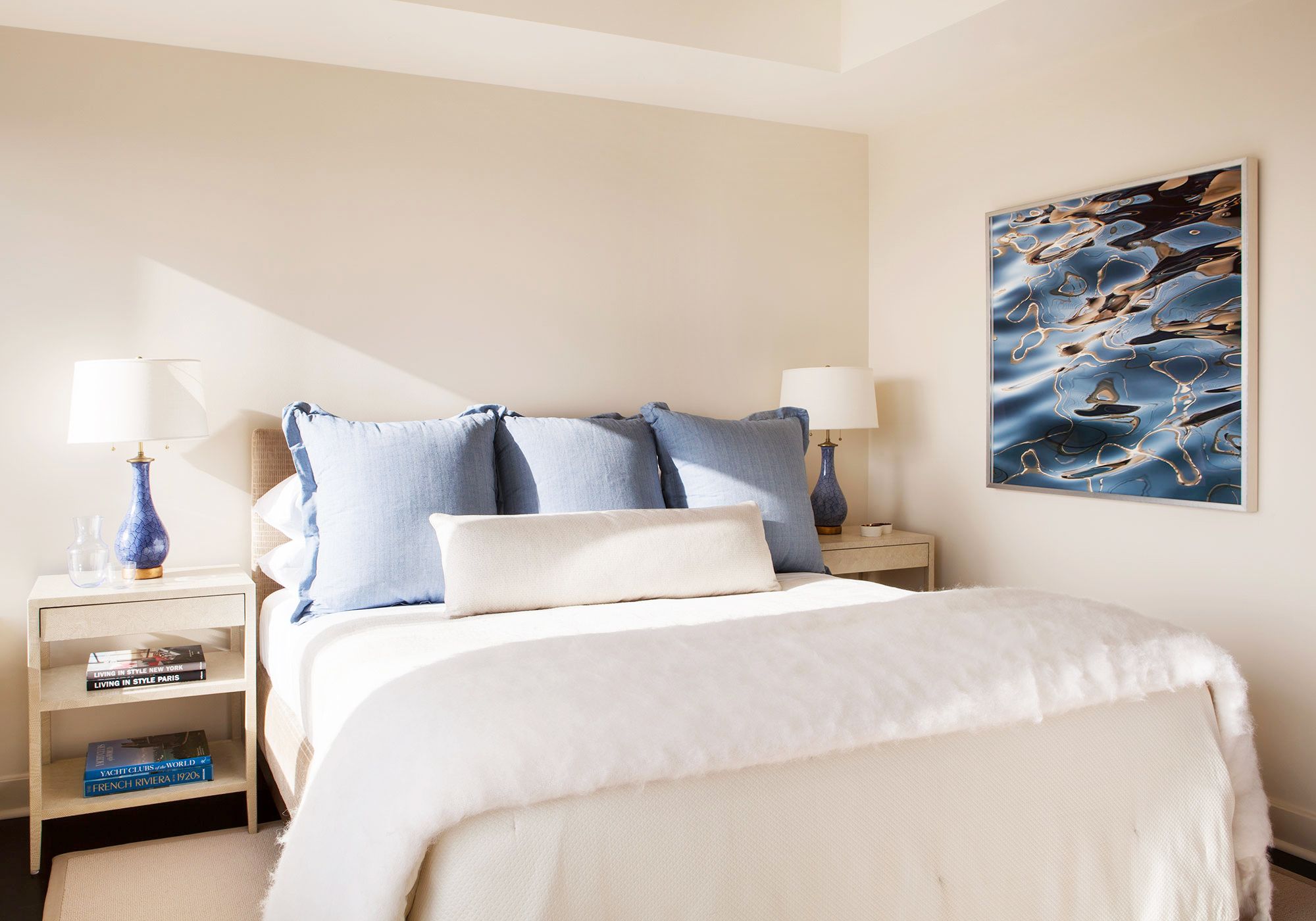

Interior Design
Relaxing Bedroom Ideas: 12 Soothing Sleep Spaces
Modified: November 2, 2024
Discover tranquil and serene bedroom designs. Transform your space with these soothing interior design ideas for a peaceful night's sleep.
(Many of the links in this article redirect to a specific reviewed product. Your purchase of these products through affiliate links helps to generate commission for Storables.com, at no extra cost. Learn more)
Introduction
Creating a relaxing and soothing sleep space is essential for enhancing the quality of your rest and rejuvenating your mind and body. Your bedroom should be a sanctuary where you can escape from the stresses of the day and find tranquility. With the right design elements, you can transform your bedroom into a peaceful haven that promotes a deep and restful sleep.
In this article, we will explore 12 effective ideas to help you create a serene and relaxing bedroom. From soft color palettes to comfortable bedding and calming scents, these tips will guide you towards designing a sleep space that is both visually appealing and conducive to relaxation.
Key Takeaways:
- Transform your bedroom into a serene sanctuary with soft color palettes, cozy bedding, and warm lighting to promote relaxation and deep sleep.
- Create a tranquil sleep space by incorporating natural elements, decluttering, and engaging in aromatherapy for a sensory experience that enhances relaxation and rejuvenation.
Soft Color Palettes
The choice of colors in your bedroom can greatly impact the mood and atmosphere of the space. Soft and muted color palettes are best suited for creating a calming and relaxing environment. Opt for soothing shades such as pale blues, gentle greens, and neutral tones like beige, taupe, or gray.
These colors have a calming effect on the mind, helping to reduce stress and promote relaxation. Lighter shades also reflect natural light, making the room feel brighter and more spacious. Avoid using bright and vibrant colors, as they can be stimulating and may interfere with your ability to unwind.
To further enhance the soothing ambiance, consider incorporating subtle color variations by using different shades of the same color or creating a monochromatic scheme. Soft pastels and earthy hues can evoke a sense of serenity and tranquility.
When selecting your soft color palette, take into consideration your personal preferences and the overall aesthetic of the room. The goal is to create a space that feels calm and inviting, so choose colors that resonate with you personally.
Cozy and Comfortable Bedding
The quality of your bedding plays a significant role in your overall sleep experience. Investing in cozy and comfortable bedding is essential for creating a relaxing sleep environment.
Start with a high-quality mattress that provides the right level of comfort and support for your body. Consider factors such as firmness, materials, and breathability to find the perfect fit for your needs. A comfortable mattress can help alleviate aches and pains, allowing you to rest more peacefully.
Next, focus on your sheets, pillows, and blankets. Opt for soft and luxurious fabrics, such as Egyptian cotton or bamboo, which are both breathable and hypoallergenic. Make sure to choose bedding with a thread count that suits your preferences, as higher thread counts generally offer a smoother and softer feel.
Pillows also play a crucial role in promoting a comfortable sleep environment. Find a pillow with the right level of support for your sleeping position and personal preferences. Consider materials like memory foam or down alternatives, which provide a balance of comfort and support.
To enhance the cozy factor, add layers to your bedding. Use a lightweight duvet or comforter that can be easily adjusted based on the temperature. Add a cozy throw blanket or decorative pillows to create a sense of comfort and warmth.
Regularly washing and maintaining your bedding is also important for ensuring a comfortable sleep environment. Fresh, clean sheets and pillows contribute to a more hygienic and inviting space.
By investing in comfortable bedding materials and maintaining their cleanliness, you can create a cozy and inviting sleep space that promotes relaxation and a restful night’s sleep.
Dim and Warm Lighting
The lighting in your bedroom greatly influences the ambiance and can significantly impact your ability to relax and unwind. Opting for dim and warm lighting can create a soothing and cozy atmosphere.
Avoid harsh overhead lighting and instead, incorporate multiple layers of lighting options. Install a dimmer switch to control the brightness of the main light fixture, allowing you to adjust it based on your mood and needs.
Consider adding bedside table lamps with soft, warm-colored bulbs. These provide a gentle and ambient glow that helps create a calming and intimate setting. You may also opt for wall sconces or pendant lights that can add both functionality and aesthetics to your sleep space.
Lighting fixtures with warm color temperatures, such as soft yellows or warm whites, are ideal for a relaxing bedroom environment. The warm hues mimic the natural warmth of candlelight, creating a serene and tranquil atmosphere.
To further enhance the soothing effect, use light-blocking shades or curtains to prevent outside light from disrupting your sleep. These blackout options not only block out unwanted light but also provide an added layer of privacy.
It’s also beneficial to have task lighting options, such as a reading lamp near your bedside. This allows you to easily read or engage in other activities without disturbing your partner or having to rely on bright overhead lighting.
By focusing on creating a cozy and warm lighting scheme in your bedroom, you can create an atmosphere that promotes relaxation and restfulness, setting the stage for a peaceful night’s sleep.
Natural Elements
Bringing elements of nature into your bedroom can have a calming and grounding effect, creating a soothing sleep environment. Incorporating natural elements not only adds visual appeal but also helps to connect you with the outdoors and promote a sense of serenity.
Start by introducing houseplants into your bedroom. Plants not only improve air quality but also create a calm and refreshing atmosphere. Choose low-maintenance plants, such as snake plants, pothos, or peace lilies, that thrive in low-light conditions and are known for their air-purifying properties.
In addition to plants, incorporate other natural materials and textures. Choose furniture made from wood or bamboo to add warmth and natural beauty to your space. Opt for natural fiber rugs or carpets to create a soft and grounding surface underfoot. Consider using organic cotton or linen for your bedding and curtains to bring a soft and breathable feel to your room.
Another way to introduce natural elements is through artwork or wall décor inspired by nature. Hang landscape photos, nature-inspired paintings, or prints of botanicals to create a connection with the outdoors and evoke a sense of tranquility.
Lastly, embrace natural light as much as possible. Keep your windows uncovered during the day to allow natural light to flood into your room. Sunlight not only boosts your mood but also helps regulate your body’s internal clock, promoting a healthy sleep-wake cycle.
By incorporating these natural elements into your bedroom, you can create a peaceful and serene atmosphere that promotes relaxation and a deeper connection with nature.
Minimalist Design
A minimalist approach to bedroom design can significantly contribute to a serene and relaxing sleep space. The concept of minimalism involves simplifying your surroundings to create a clutter-free and peaceful environment.
To achieve a minimalist design, start by decluttering your bedroom. Get rid of unnecessary items and keep only the essentials. Having a clean and organized space helps to create a sense of calm and promotes relaxation.
Consider investing in practical storage solutions to keep your belongings out of sight. Choose furniture with built-in storage, such as a bed frame with drawers or a bedside table with shelves. This allows you to keep your bedroom tidy and free from visual distractions.
When selecting furniture and decor, opt for simple and clean-lined designs. Choose pieces that serve a purpose and have a sleek aesthetic. Avoid excessive ornamentation or intricate details that can create visual clutter.
Neutral colors, such as whites, grays, or earthy tones, work well for a minimalist bedroom. They create a sense of tranquility and provide a blank canvas for you to experiment with pops of color or texture if desired.
By embracing a minimalist design, you can create a calm and inviting sleep space that promotes relaxation and allows you to focus on the essentials for a peaceful night’s sleep.
Aromatherapy
Aromatherapy is a powerful tool for creating a relaxing and soothing environment in your bedroom. The use of essential oils can provide various benefits, including promoting relaxation, reducing stress, and improving sleep quality.
There are several ways to incorporate aromatherapy into your bedroom. One option is to use a diffuser, which disperses essential oils into the air, filling the room with their pleasant fragrance. Choose calming scents like lavender, chamomile, or bergamot, which have been shown to have a calming effect on the mind and body.
Alternatively, you can create a soothing atmosphere by using linen sprays or pillow mists infused with essential oils. Spritzing your bedding with a lavender or chamomile spray can help create a sense of relaxation and prepare your mind for sleep.
It’s important to note that not all essential oils are suitable for everyone. Some individuals may have sensitivities or allergies to certain oils. It’s best to start with mild scents and test for any adverse reactions. Consult with an aromatherapy expert if you have any concerns or questions.
Incorporating aromatherapy into your bedroom routine can help create a sensory experience that promotes relaxation and prepares your mind and body for a restful night’s sleep.
Consider incorporating soft, calming colors like blues, greens, and neutrals into your bedroom decor to create a relaxing and soothing sleep space. Avoid bright, stimulating colors that can disrupt your ability to unwind and fall asleep.
Soundproofing
Creating a quiet and peaceful environment is crucial for a restful sleep. Soundproofing your bedroom can help minimize external noises that may disturb your sleep, allowing you to create a sanctuary of tranquility.
One effective way to reduce noise is by using heavy curtains or drapes. These thick and dense fabrics can help block out external sounds, such as traffic or loud neighbors. Look for curtains with a noise-reducing rating or consider adding a layer of soundproofing material behind your existing curtains.
Another option is to install acoustic panels on the walls. These panels are designed to absorb and dampen sound waves, reducing the amount of noise that enters the space. Acoustic panels come in various styles and sizes, allowing you to choose an option that complements your bedroom decor.
Sealing any gaps or cracks in your windows and doors can also help prevent noise from seeping into your bedroom. Use weatherstripping or draft guards to create a tight seal and minimize exterior noise.
Additionally, consider adding a white noise machine or a fan to your sleep environment. These gentle, consistent sounds can help mask unwanted noises and create a soothing atmosphere.
If you live in a particularly noisy area, you might want to consider investing in earplugs to block out sounds that cannot be eliminated through other methods.
By soundproofing your bedroom, you can create a quiet and peaceful atmosphere that promotes undisturbed sleep and relaxation.
Blackout Curtains
Creating a dark and peaceful sleep environment is essential for a restful night’s sleep. Blackout curtains are an excellent addition to your bedroom decor, as they effectively block out external light and provide a sense of privacy.
Blackout curtains are made with a special lining or fabric that prevents light from entering the room. This is particularly beneficial if you live in an area with excessive streetlights, early sunrise, or if you work night shifts and need to sleep during the day.
One of the primary benefits of blackout curtains is their ability to create a pitch-black sleeping environment. This absence of light signals to your brain that it’s time to rest and can help regulate your sleep-wake cycle.
In addition to blocking light, blackout curtains also offer thermal insulation. The thick layers of fabric help to keep your bedroom cooler in the summer and warmer in the winter, creating a more comfortable sleep environment.
When choosing blackout curtains, consider the length and width to ensure proper coverage for your windows. It’s also important to select curtains that complement your bedroom decor and personal style.
For individuals who prefer natural light during the day, you can pair blackout curtains with sheer or light-filtering curtains. This allows you to enjoy natural sunlight when desired while still benefiting from the blackout effect at night.
Investing in blackout curtains can significantly improve the quality of your sleep by creating a peaceful and dark atmosphere in your bedroom. Say goodbye to unwanted light disruptions and hello to a more restful and rejuvenating night’s sleep.
Decluttered Space
A cluttered bedroom can create a sense of chaos and disrupt your ability to relax and unwind. Keeping your sleep space decluttered and organized is crucial for promoting a peaceful and restful environment.
Start by eliminating any unnecessary items from your bedroom. Consider donating, selling, or storing items that are not essential to the function or aesthetics of the space. Removing excess clutter can instantly create a sense of calm and make your bedroom feel more spacious.
Organizational solutions are key to keeping your bedroom tidy. Invest in storage containers, baskets, or shelves to provide designated spaces for your belongings. This will help ensure everything has a proper place and can be easily accessed when needed.
Focus on maintaining a clean and clutter-free surface on bedside tables, dressers, and other furniture. Limit the number of items displayed and keep only essentials such as a lamp, alarm clock, or a small decorative piece.
Keep your closet organized as well, ensuring that clothes are neatly hung or folded. Consider using storage solutions such as dividers or closet organizers to maximize space and improve accessibility.
A decluttered space not only helps create a visually pleasing environment but also contributes to a sense of calm and relaxation. By removing distractions and excess belongings from your bedroom, you can create a peaceful sanctuary that promotes a restful sleep experience.
Relaxing Scents
Engaging your sense of smell with relaxing scents can greatly enhance the overall ambiance of your bedroom and promote a state of tranquility and relaxation. Fragrances have a powerful effect on our mood and can help create a soothing atmosphere for better sleep.
One popular scent for relaxation is lavender. Lavender has been used for centuries for its calming properties, helping to reduce stress and promote a restful sleep. You can incorporate lavender into your sleep environment by using essential oil diffusers, lavender-scented candles, or linen sprays.
Other scents that are known for their relaxing properties include chamomile, sandalwood, and jasmine. These fragrances can evoke a sense of calm and serenity, helping to reduce anxiety and prepare your mind and body for sleep.
When using scents in your bedroom, it’s important to opt for natural and high-quality products. Look for essential oils or candles made from pure ingredients to ensure a clean and safe fragrance. Avoid synthetic scents, as they may cause headaches or allergic reactions in some individuals.
Create a bedtime routine by incorporating relaxing scents into your nightly rituals. Light a scented candle or use a linen spray on your pillow before going to sleep. This can signal to your body that it’s time to relax and prepare for a restful night’s sleep.
Experiment with different scents to find the ones that resonate with you personally and bring you a sense of calm and relaxation. Incorporating relaxing scents into your bedroom can create a sensory experience that enhances your sleep environment and promotes a more peaceful and rejuvenating sleep.
Mindful Artwork and Decor
The artwork and decor in your bedroom can have a significant impact on the overall atmosphere and contribute to a sense of calm and relaxation. Mindfully selecting pieces that resonate with you can create a visually pleasing space that promotes tranquility.
When choosing artwork for your bedroom, opt for pieces that evoke a sense of serenity and peace. Natural landscapes, abstract paintings, or soothing patterns can all contribute to a calming atmosphere. Consider artworks that feature soft colors or gentle brushstrokes that create a soothing visual effect.
Mindful decor choices can also contribute to the overall ambiance. Choose decor items that bring you joy and have a purpose. Too many decorations can create visual clutter and disrupt the sense of peace, so opt for a minimalist approach.
Introduce elements from nature into your decor, such as seashells, driftwood, or small potted plants. These natural elements can create a connection to the outdoors and add a sense of tranquility to your bedroom.
For a mindful touch, incorporate personal mementos or items that hold sentimental value. Display photographs that bring back positive memories or place meaningful objects on your bedside table.
Pay attention to the placement of your artwork and decor. Make sure they are positioned in a way that allows for easy viewing and complements the flow of the room. Consider incorporating soft lighting that highlights the artwork and creates a soothing ambiance during nighttime.
Remember, the goal is to create a space that promotes relaxation and peace of mind. Mindful artwork and decor choices can transform your bedroom into a tranquil sanctuary where you can unwind and rejuvenate.
Comfortable Seating Area
Creating a comfortable seating area in your bedroom can provide a dedicated space for relaxation and enhance the overall comfort of your sleep environment. It offers a cozy spot where you can unwind, read a book, or simply enjoy a moment of tranquility.
Start by choosing a comfortable chair or chaise lounge that suits your personal style and complements the design of your bedroom. Look for chairs with plush cushions or padded seating to ensure maximum comfort.
Place the seating area near a window or in a cozy corner where you can enjoy natural light and a pleasant view. This creates a peaceful and inviting atmosphere for your moments of relaxation.
Consider adding a small side table or a shelf within reach of the seating area. This provides a convenient spot to place a book, a cup of tea, or any other items you may want to have nearby while you relax.
To make your seating area even cozier, add soft, textured pillows and a cozy throw blanket. These elements not only enhance comfort but also add a visual appeal to the space.
Additionally, consider incorporating a small table lamp or a floor lamp near the seating area. This provides soft, ambient lighting for reading or creating a calming atmosphere during the evenings.
Remember that the goal of the seating area is to create a cozy and inviting space where you can unwind and relax. Choose seating and decor that align with your personal preferences and create a comfort zone within your bedroom.
By including a comfortable seating area, you can enhance the overall comfort and functionality of your bedroom, providing a dedicated space for relaxation and rejuvenation.
Read more: Cozy Bedrooms: Sleep In Style
Conclusion
Designing a relaxing and soothing sleep space is essential for promoting quality rest and creating a sanctuary where you can escape the stresses of the day. By implementing the 12 ideas discussed in this article, you can transform your bedroom into a tranquil haven that promotes deep relaxation and rejuvenation.
Start by choosing soft color palettes that promote serenity and calmness. Combine this with cozy and comfortable bedding that invites you to sink into a restful sleep. Create a relaxing ambiance with dim and warm lighting, allowing you to ease into a state of relaxation.
Incorporate natural elements into your bedroom to connect with the outdoors and bring a sense of peace. Embrace minimalist design to eliminate visual clutter and create a serene space. Engage your sense of smell with aromatherapy, using relaxing scents to enhance the tranquil atmosphere.
Maximize your comfort by soundproofing your bedroom, blocking out external noises for a peaceful sleep environment. Enhance your sleep quality by investing in blackout curtains that create a dark and restful atmosphere. Keep your bedroom decluttered, allowing for a peaceful and organized space.
Finally, complete your tranquil sleep space with mindful artwork and decor that evokes a sense of calmness and happiness. Create a cozy seating area where you can unwind and relax in comfort.
By incorporating these ideas into your bedroom design, you can create a soothing and peaceful sleep environment that promotes deep relaxation and rejuvenation. Remember that your bedroom should be a haven where you can escape the stresses of the day and indulge in restful sleep. Sweet dreams!
Frequently Asked Questions about Relaxing Bedroom Ideas: 12 Soothing Sleep Spaces
Was this page helpful?
At Storables.com, we guarantee accurate and reliable information. Our content, validated by Expert Board Contributors, is crafted following stringent Editorial Policies. We're committed to providing you with well-researched, expert-backed insights for all your informational needs.
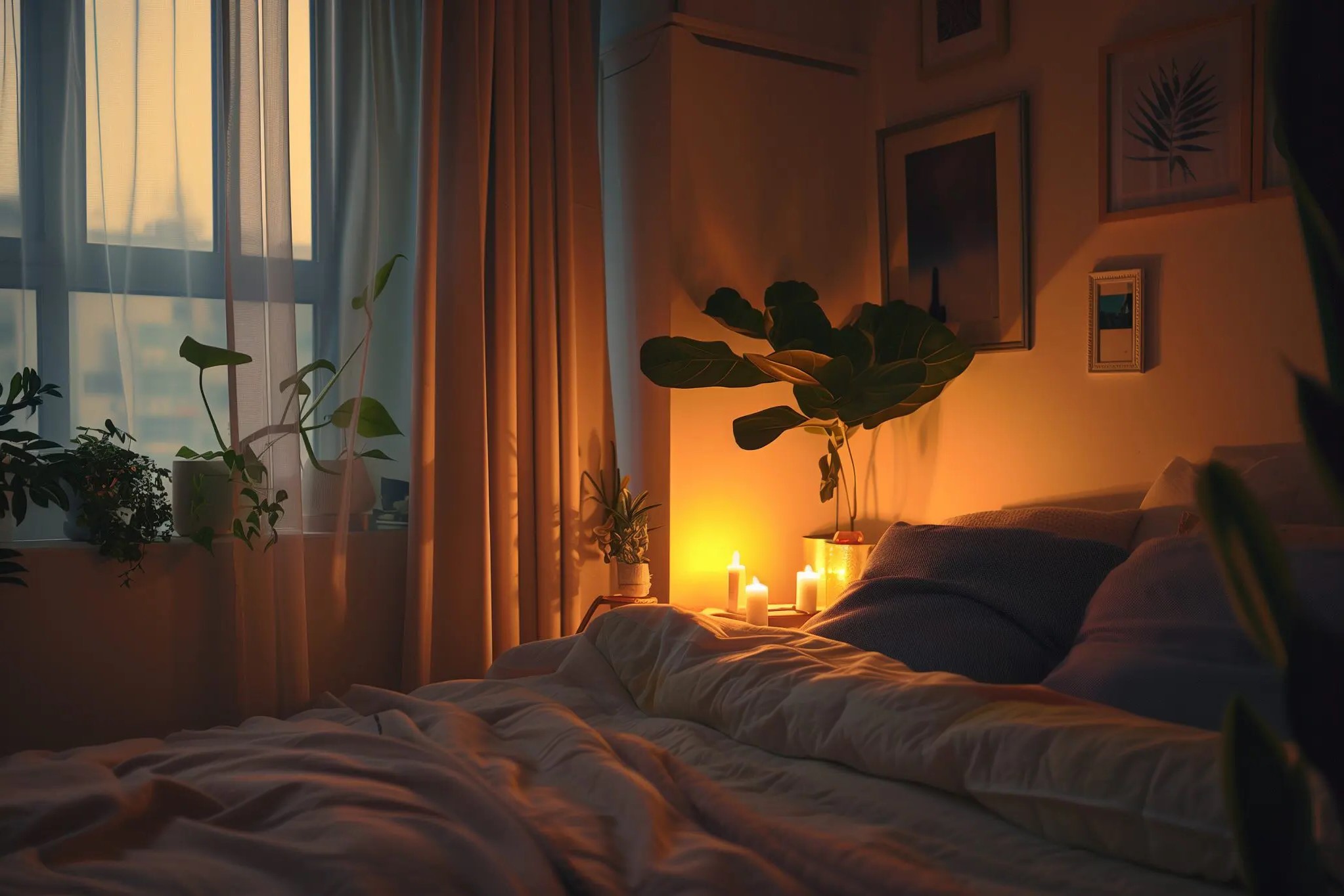
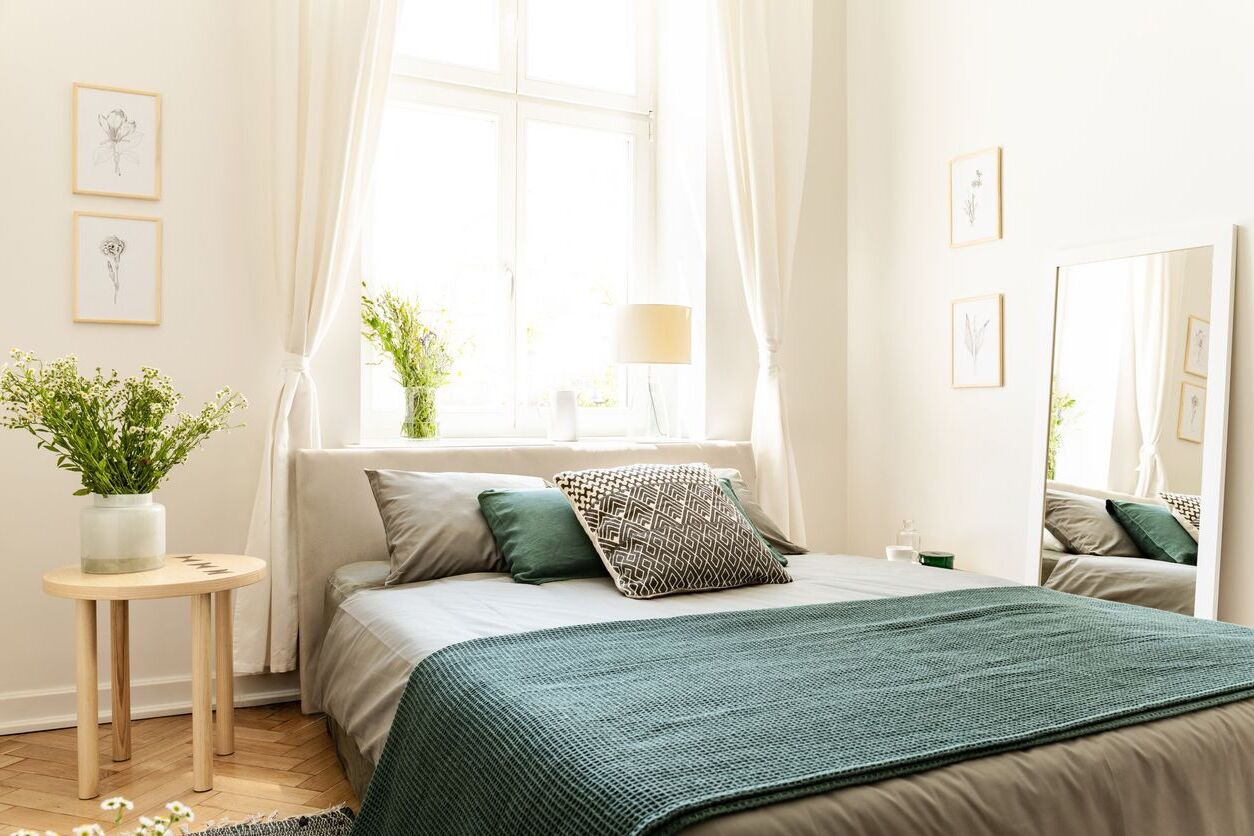
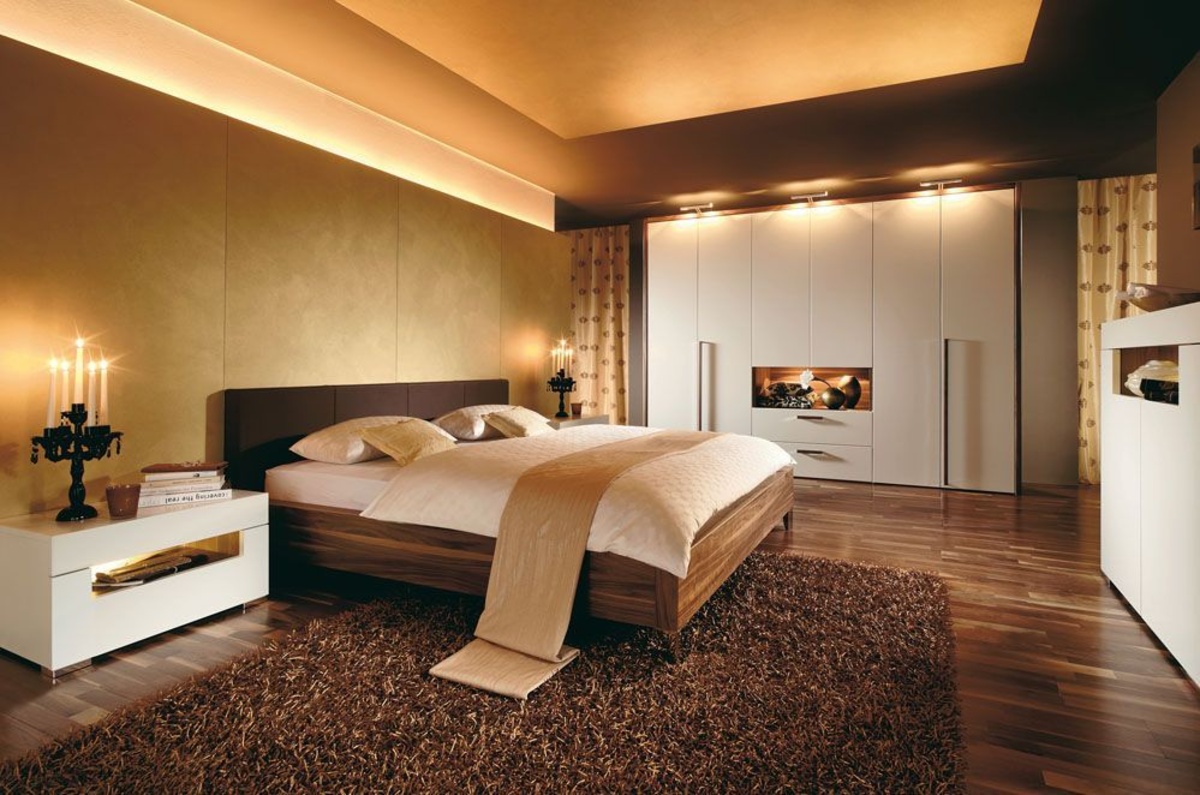
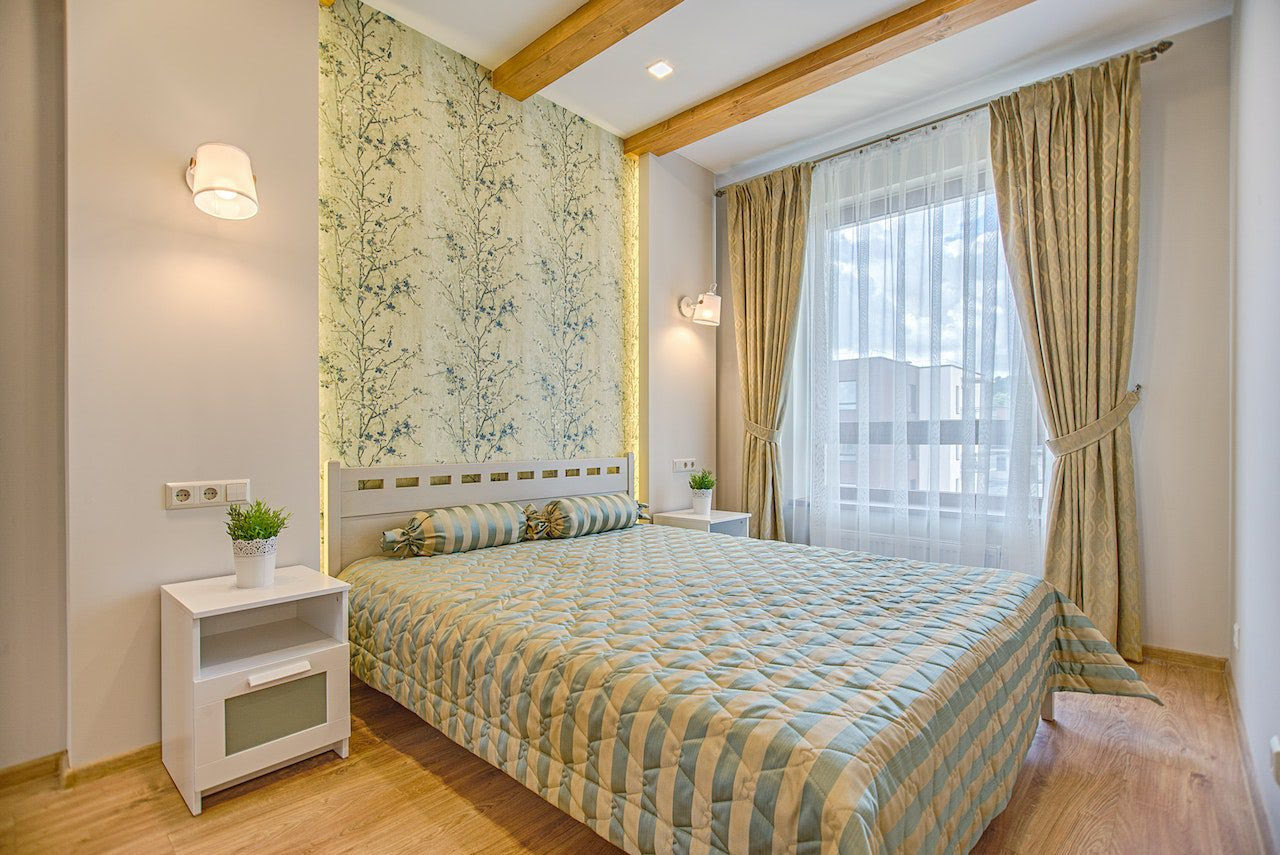

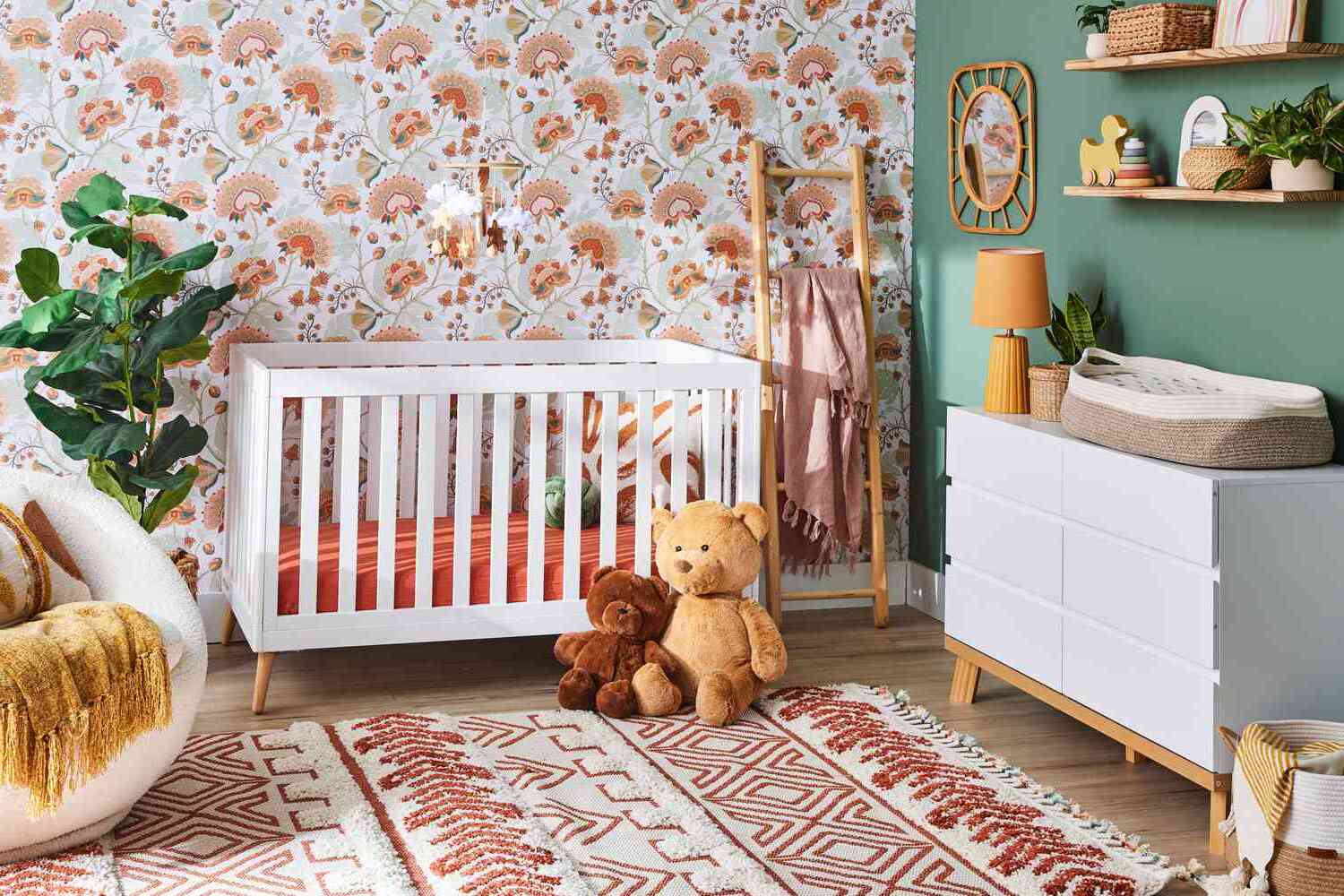
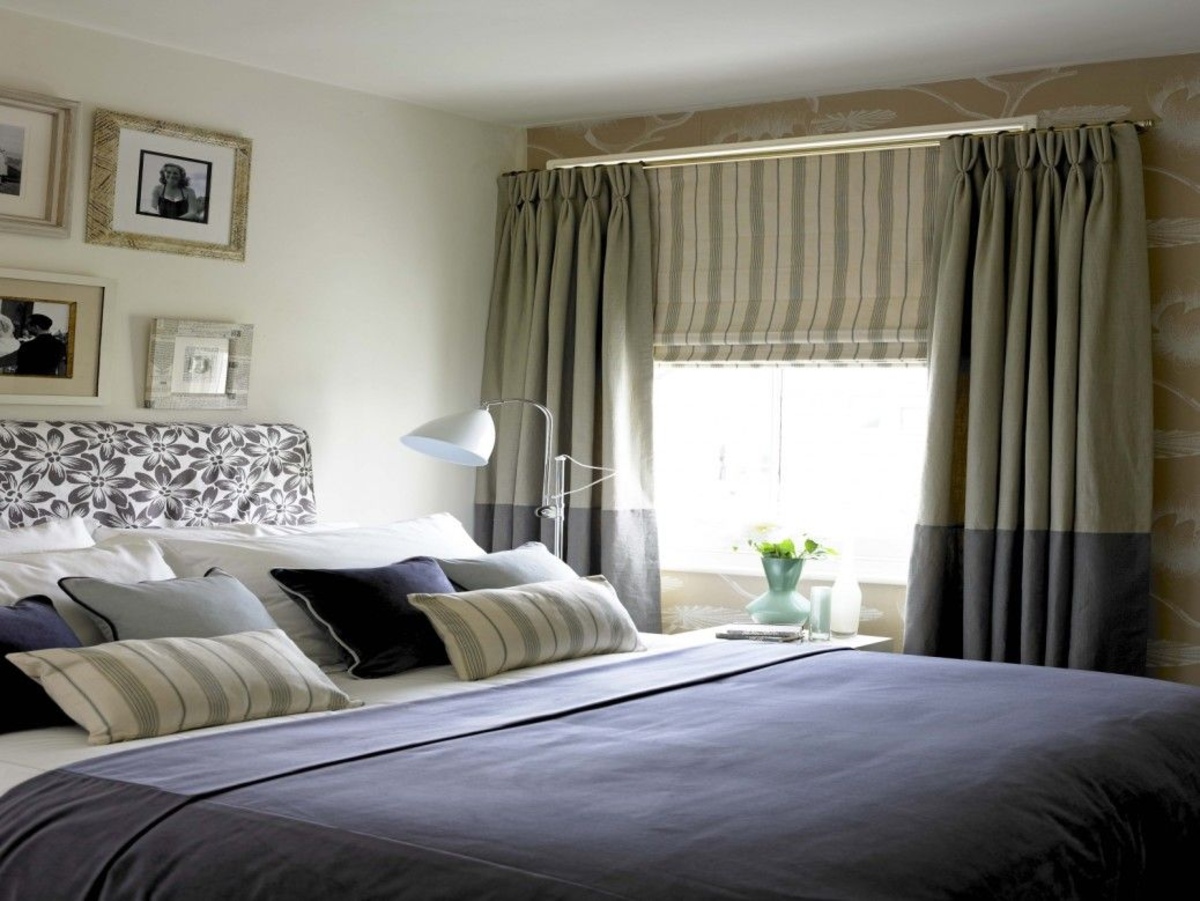
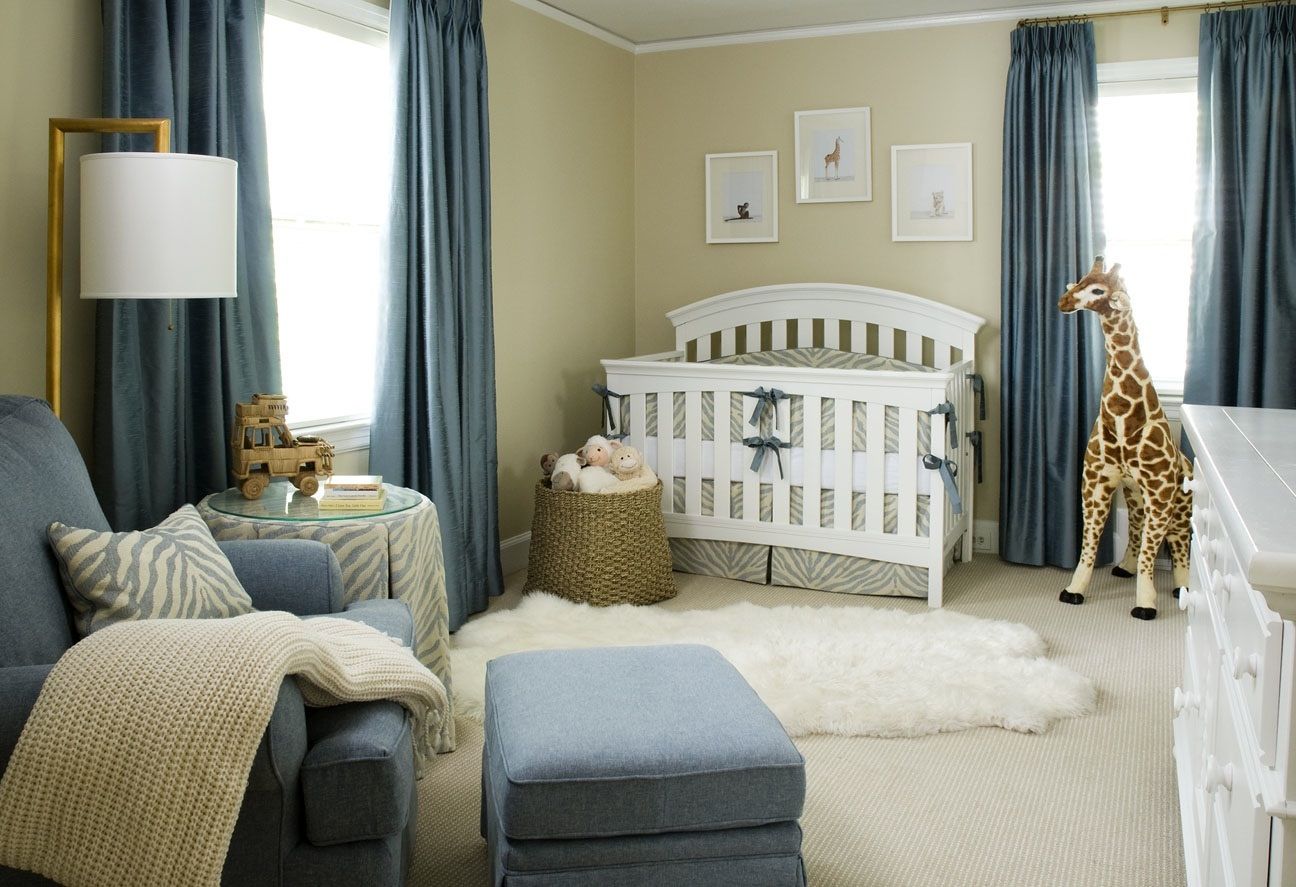

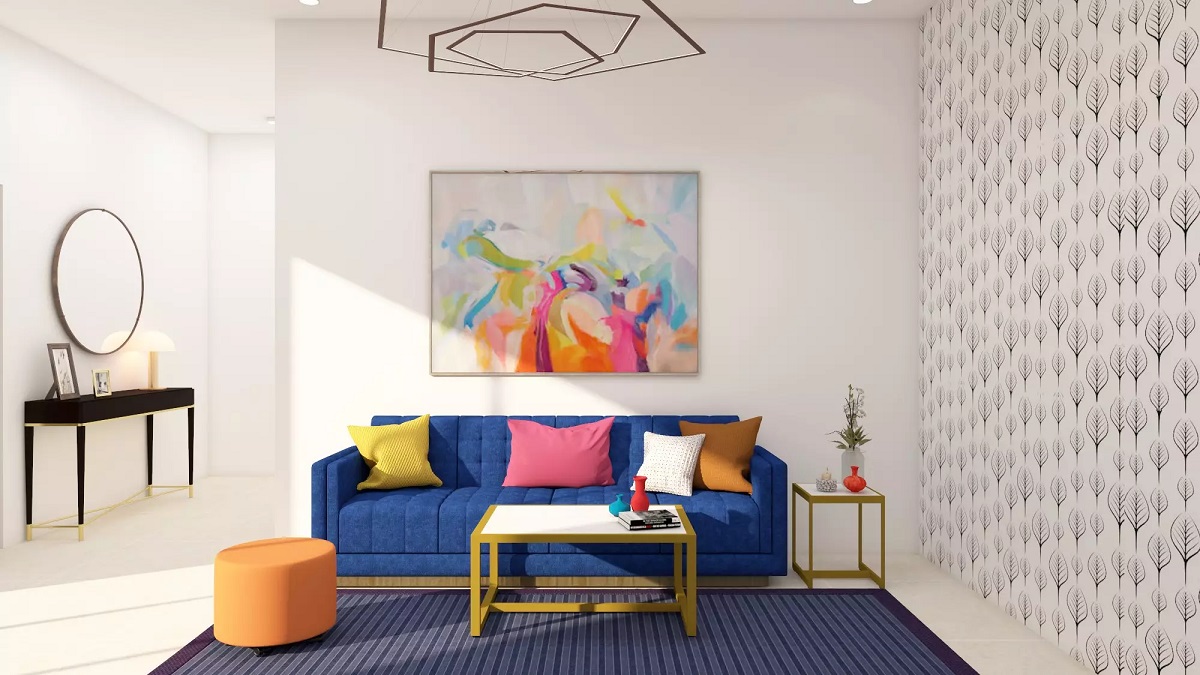
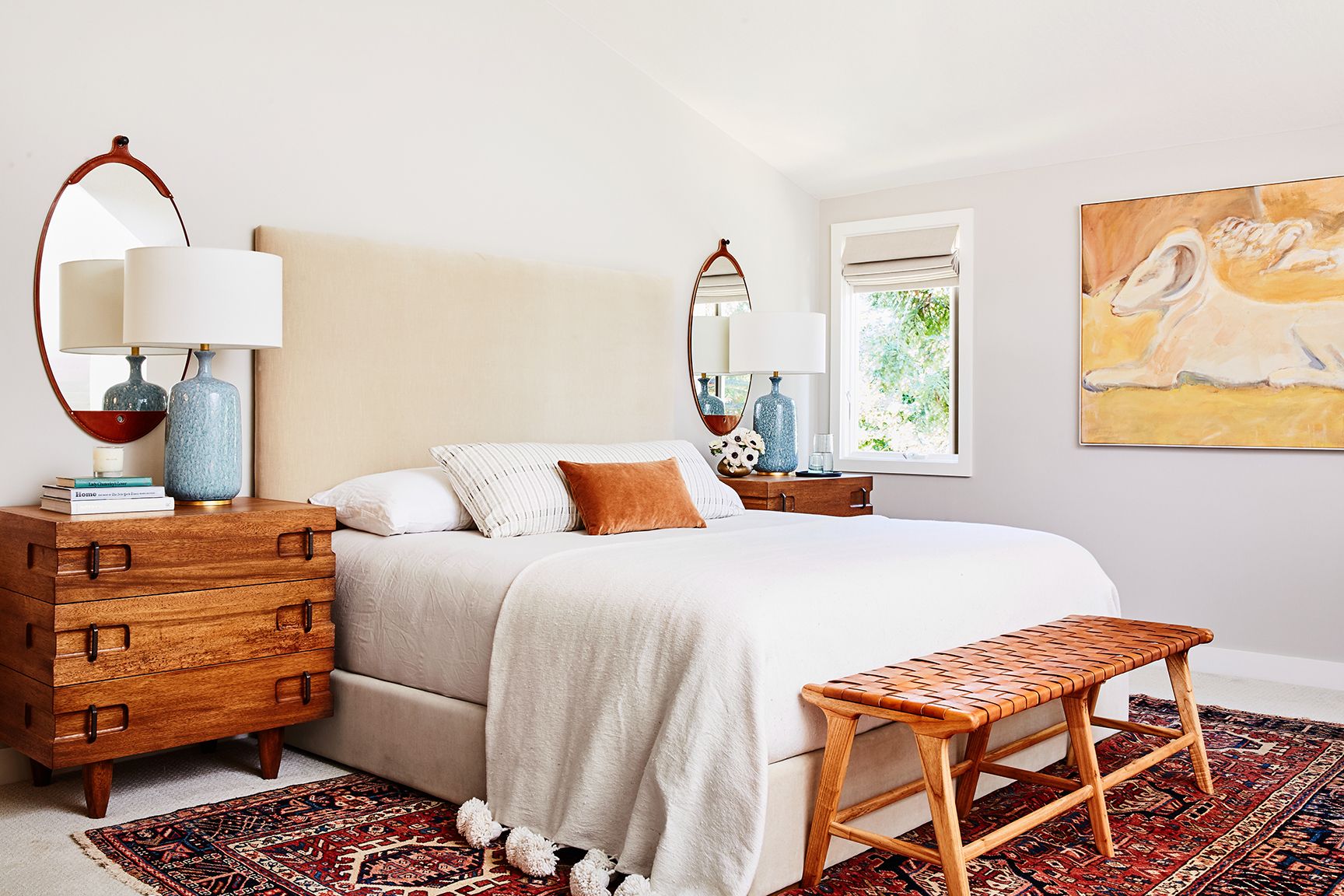
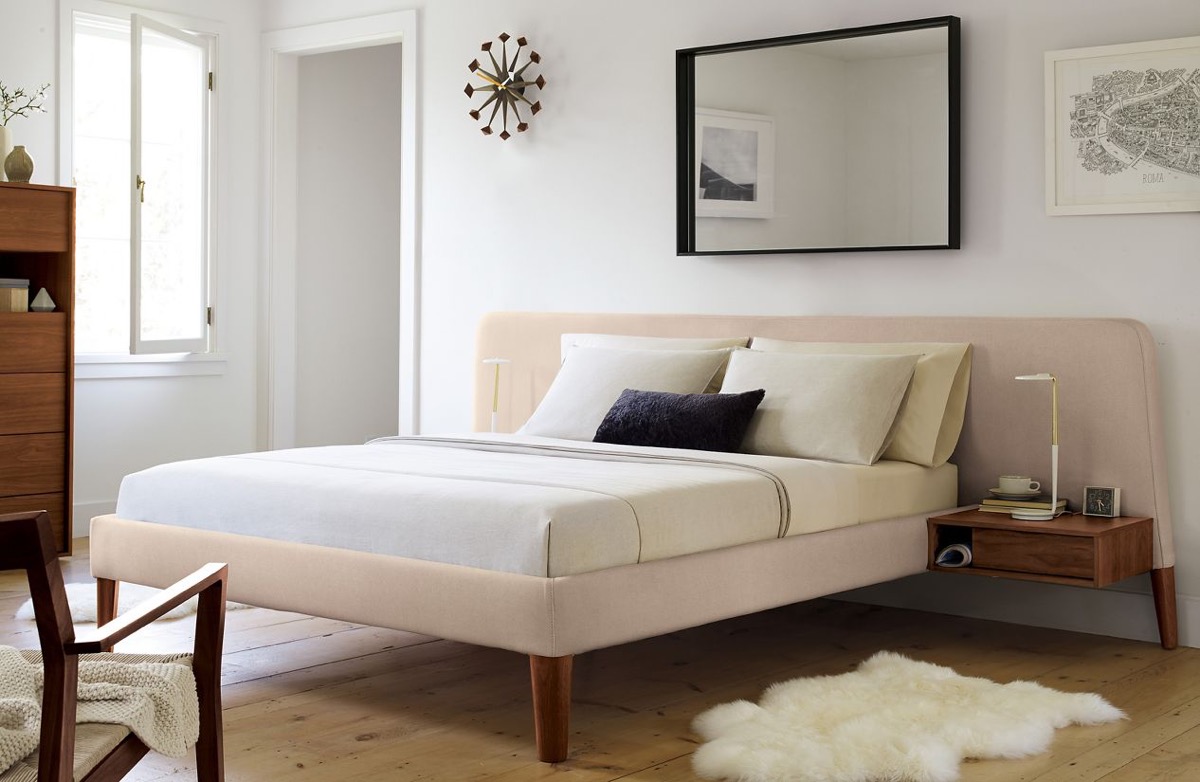

0 thoughts on “Relaxing Bedroom Ideas: 12 Soothing Sleep Spaces”